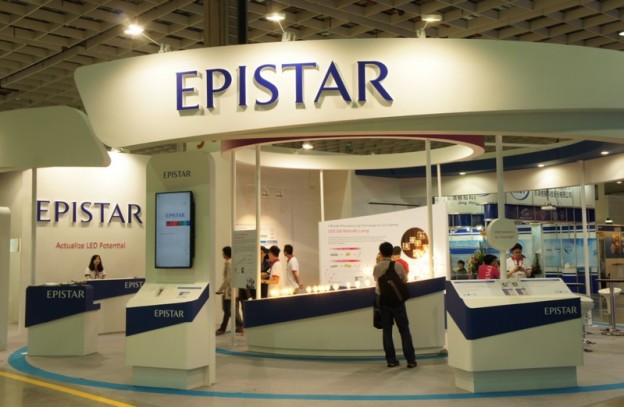Several Taiwanese LED companies have seen positive results after three quarters of business transformation. As they have been shifting more capacity to non-blue LED applications, more mid- and small-sized LED firms starts to see turnarounds. Looking ahead to 2018, Taiwanese companies will keep differentiating themselves from Chinese competitors and expanding product lines in niche markets, such as IR LED, sensors, and Mini LED.
 |
|
(Image: LEDinside) |
As the transformation continues, a new dynamic will form in the industry. However, how much profit it would bring to those companies is not yet known considering other involving factors. The worst has gone at least. The industry in general has high anticipation for 2018.
Among applications using blue LED, Mini LED smartphone backlight is the one most likely to be realized first. The supply of OLED display for next year is expected to be short, causing the price of OLED hard to go down. Yet, the amount of Mini LED chips used in smartphone backlight modules can be reduced, which can further bring down the production cost. The application is believed to be the main force to resolve the problem of chip oversupply, especially used in producing 6-inch smartphone screens.
Noted Taiwanese LED maker Epistar says that Mini LED and VCSEL will be its two major focuses for 2018. It plans to complete the design of Mini LED backlight modules for smartphone screens by the end of this year and to start the mass production in 2Q18, earlier than anticipated. Epistar will also build up an OEM system for the production of VCSEL.
Among the company’s product portfolio, VCSEL currently only contributes 1% of the overall corporate revenue. If a 6-inch wafer is priced at USD 3000 and each wafer can be cut into 10,000 dies with a yield of 75%, it can still bring Epistar a 5% profit. That helps the LED maker form a more competitive cost structure.
Aircraft cabin lighting contributed 5% of the revenue of BRIGHT LED ELECTRONICS CORP., a mid-sized Taiwan-based LED packaging company. It products are used in Boeing 737 aircrafts and will also be adopted in the Boeing 777 family in 2018.
Tyntek invests heavily in sensors. It shelled out NTD 1.2 billion (USD 40 million) for a new sensor component plant scheduled to start operation in 2Q18.
Harvatek specializes in the production of fine-pitch LED displays. It has started shipping out Mini LED products for cinemas and is co-developing Mini LED applications for smartphones with Chinese clients. It also intends to double the shipment of its IR LED products in 2018.












